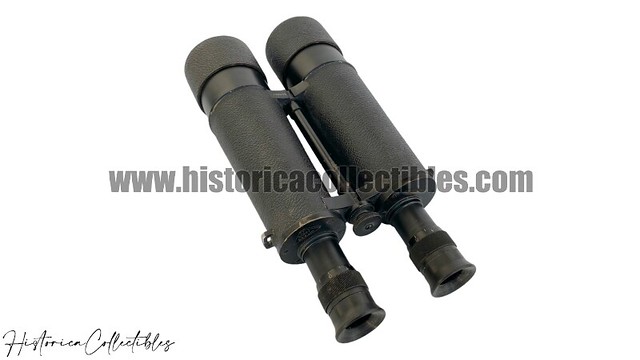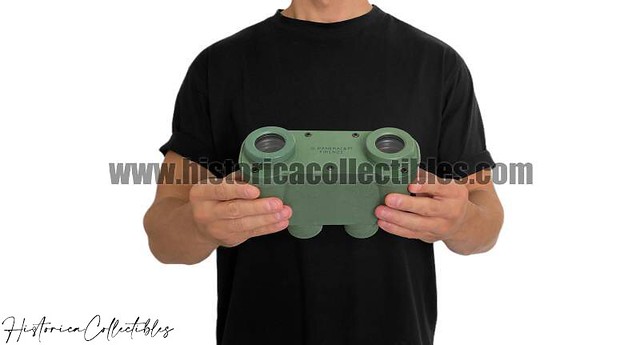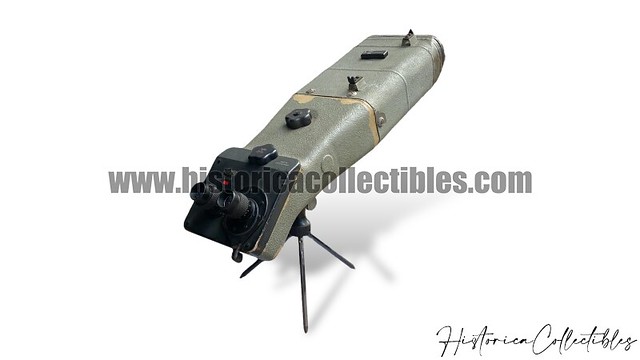historicacollectibles.com/en/binoculars-and-telescopes/do...
7x50 binoculars produced by Carl Zeiss in Jena in 1939 in only 100 examples, with serial number 1892329, specifically assigned to the M.A.Za., or acronym "Marine Artillerie Zeugamt": they were in fact anti-ship coastal artillery emplacements of the Kriegsmarine. These binoculars, as can be seen from what is written on the right eyepiece plate, the letter "M" (Navy) with the "Reichsadler" identifies acceptance by the Kriegsmarine, assigning it to the district/zone "N. 3542 ( Unfortunately, to date it has not been possible to assign a geographical location to these codes).
On the left eyepiece plate the letter "T", or “Transparenzbelag”, indicates that the lenses are coated with an anti-reflection treatment which, thanks to this innovation, improved the transmission of light in the objectives by 80%. This system was developed and patented on November 1, 1935 by Aleksander Smakula, member of the Zeiss staff in Jena since 1934. Finally, "D.F. 7x50", stands for "Doppelfernrohr" which means binoculars with 7 magnifications and 50 mm diameter objective lenses.
It is equipped with special eyepieces called "Gasmask Okularen", rare, as they are perfectly intact, which have the function of being able to rest the eye completely and guarantee that constant distance necessary to view the entire image. In fact, if we remove the Gas Mask eyepieces and try to rest our eyes on the eyepieces, the same thing happens as looking through a sniper scope: if we do not respect the exact distance and centrality of vision on the lenses we will not be able to observe in a “perfect circle” the framed image.
The term Gas Mask was given to this version of "eyepieces" precisely because of the total isolation to which the eye is subject. In fact, just as happens with the gas mask once worn, one is totally isolated from external factors and in the specific case of these eyepieces, the observer was guaranteed a longer vision over time as he did not have the nuisance of dust especially the wind, factors which forced the observer to lose continuity of observation due to blinking and in the case of a "Marine Artillerie Zeugamt" position it was fundamental both in one direction or the other.
The 7x50 Gas Mask binoculars have slightly convex lenses with a larger diameter than the common 7x50 in order to allow a wider field of view and the size of the lenses brings more light to the observer's eyes resulting in clearer and more visible images bright.

























